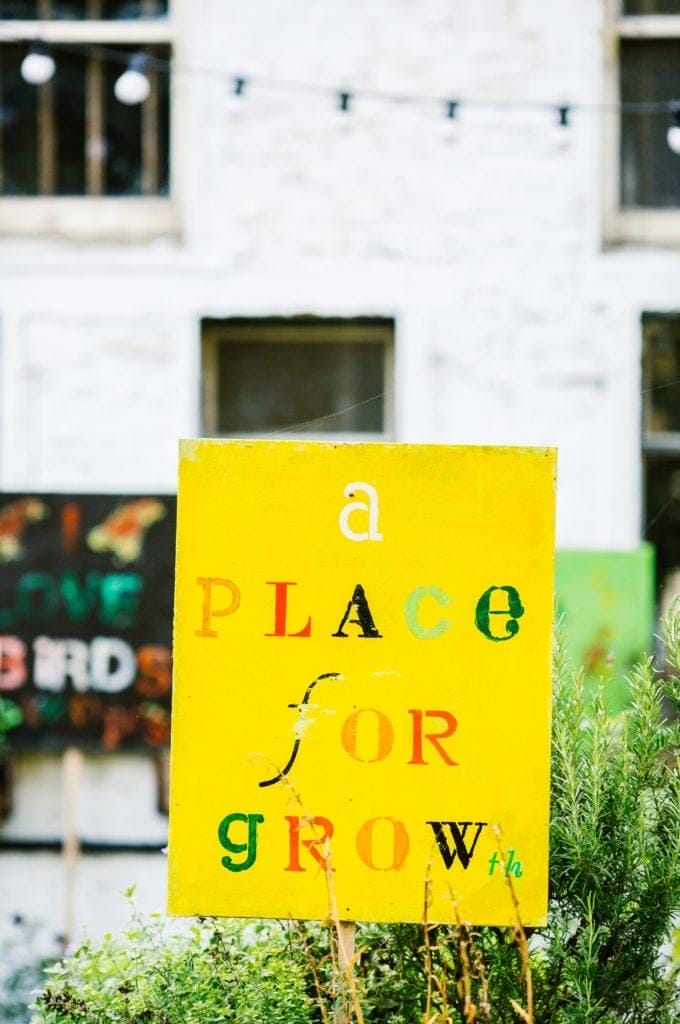Peter Grigg, The Children’s Society
A few years ago, when The Children’s Society determined a strategic focus on systems change, it ran the risk of sounding faddish. Was it just describing what we’ve always done using new jargon – a sort of mutton dressed as agile, synergistic lamb? Or was this merely a cushion-like strategic choice, bearing the imprint of the latest language to sit on it?
As we explored systems change work, I relaxed. Not only was it clear that improving systems for young people was genuinely inherent in The Children’s Society’s DNA over 140 years; it was also clear that turbulent times needed more, not less, of a focus on transforming complex systems around young people. To address this, we needed to build our confidence and capability to be effective systems changers.
There aren’t many working in the charity sector who think current systems are good enough for the varied groups that we aim to support. Systems are everywhere – care, welfare, prisons, education, mental health. And in so many ways, they are fundamentally failing those experiencing marginalisation and disadvantage.
Yet despite this, charities seem to spend such a small fraction of energy on understanding and challenging the rules, structure, and participants within the systems we operate. Charities dependent on tried and tested business models can find it hard to maintain a challenger function. Innovation projects, although usually offering valuable project insight, are rarely transformational in scope, scale or permission. Surely, if social progression is to match the pace of turbulence we all face, now is not the time for reasonable, unchallenging sticking plasters.
We need a more dramatic framework for transforming the world around us.
At The Children’s Society, this is a future we have been exploring over the past few years and we are glad to have made some important progress towards it. We have deliberately exited from what we felt were lower-impact, public sector commissioned services that others could run. In place, we are developing an approach deploying a focus on more complex work, on the design of new and novel services, and on changing systems to more radically improve the lives for young people facing disadvantage.
This journey hasn’t been easy, and is by no means complete, but has required us to reflect deeply on our core purpose as an organisation, challenge ourselves on the best way to achieve the highest possible impact, and how to build alliances in pursuit of problem-solving. A focus on systems change has been central to doing this.
We are grateful to have been inspired and supported by Lankelly Chase along the way as we have delved into what we mean by systems change and how we might do more of it. Supported by Lankelly Chase and working alongside The Point People, we have developed a course for front-line practitioners to explore systems change and build confidence and capability to be more effective in pursuit of social change.
But while more people seem to get it, there are still many who greet this with “Systems Change does sound great but what exactly is it?” There are a range of ways to explore this question, but to me, three themes stand out in response
1. Systems Change is about growing the confidence and capability to challenge the rules
If systems are just sets of things with rules and behaviours – then part of working with young people is understanding and challenging them. In doing this, we need to avoid the tendency to condemn complex systems, we need to drill into the design of why their behaviours are so fundamentally failing certain groups? Where are there outliers that defy the odds that we can learn from? We can equip staff with the skills to map systems, observe them, and test our ability to negotiate and change them using anything at our disposal. This is largely about nudging current systems but charities must retain an appetite for shoving too where a nudge isn’t strong enough.
2. Systems Change is not about organisations, but supporting others to have power, voice, and control
We need to understand the “dark matter” the shapes system behaviours – the unwritten rules and influences marginalising certain groups. By exposing these with a magic marker, we can make them more visible. Fundamentally, as a children’s charity we have a responsibility to shift who is at the table, how children’s voices are being heard and why control and power is so central to shifting systems. This requires looking at our own systems and decision making as well as others.
3. Systems Change is about building permission to design a more optimistic future
Finally, there is no space for pessimism. As leaders, we must be carving the permission and space to design better, optimistic alternatives. There is little point shouting from the sidelines and throwing stones; we need to have a shared and vested interest in the design of better alternatives.
That is what systems change means to me. It will be fascinating over the next few years to observe how prepared our sector is for re-booting our own response. We need to look at our own behaviours and inherited business models because if we think every other system is in need of change, we can’t be resistant to our own revision.



Comments (0)